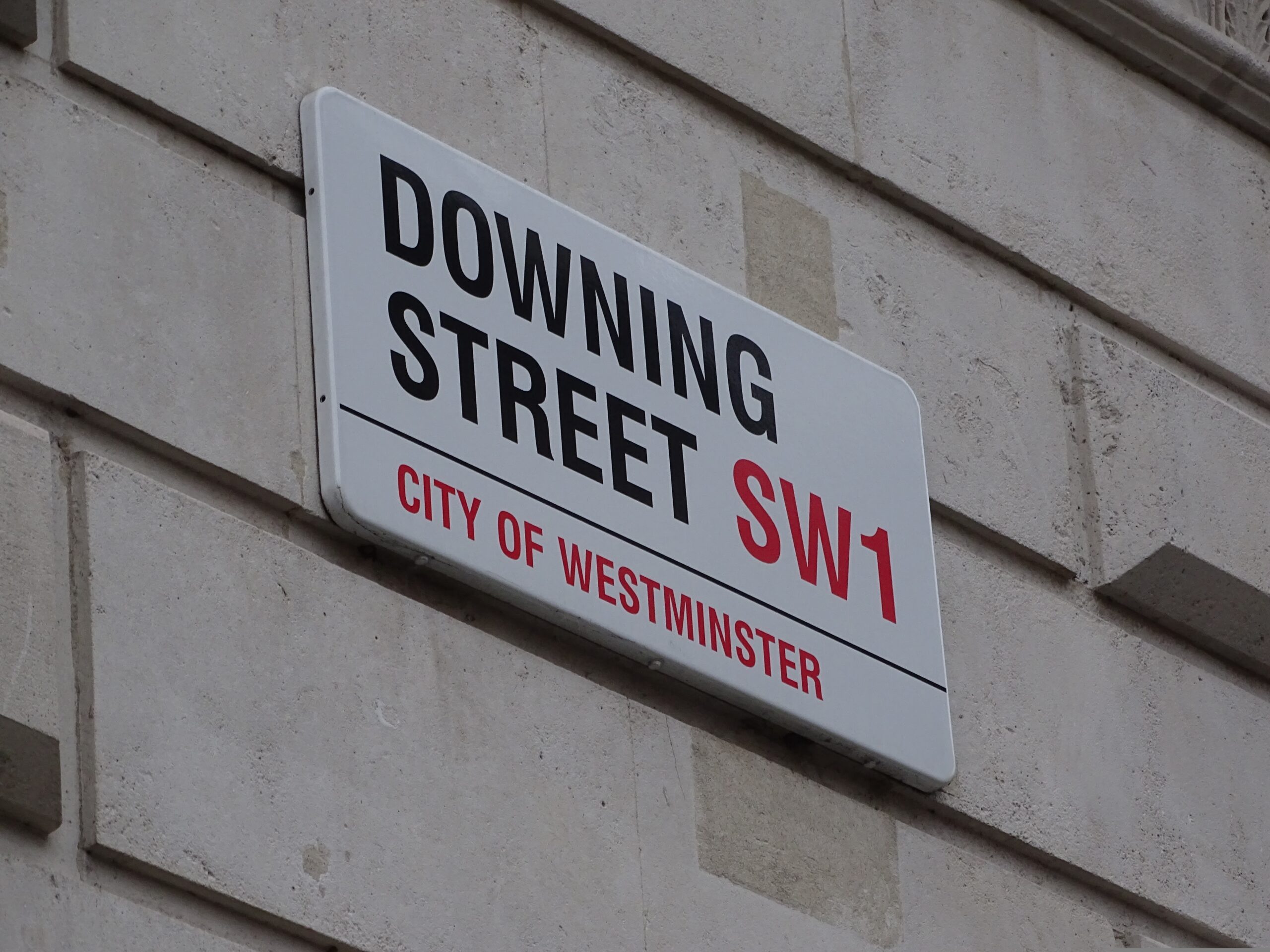Local and central government experts joined a recent PublicTechnology webinar discussion exploring strategies to modernise public services and their progress so far
Credit: PxHere
Published last year, the Declaration on Government on Reform sets out 15 commitments that collectively represent the latest grand plan to drive government transformation.
The declaration sits above and alongside dedicated strategies in key areas such as digital, data, cybersecurity, and property.
Given its size and complexity – and, it must be said, its fondness for creating new strategies – it is little surprise that revamping government requires such a plethora of plans.
Then again, sometimes transformation happens before there is any time to prepare for it; the extraordinary innovations in the use of technology and data in the response to the pandemic provides ample evidence of this.
But given the scale of the challenges faced in modernising public services – all while needing to protect service delivery, at a time when many are relying more than ever on the support of the state – it is perhaps useful to have a detailed plan to do so. Even way beyond Whitehall.
Dr Randhir Auluck, an advocate for digital transformation in her role as a councillor for Coventry City Council – and a member of its Audit and Procurement Committee, which scrutinises spending on technology – says that “a strategy is important” in achieving the authority’s reform ambitions.
“We have created learning support programmes, where specialists can support, advise and coach a wider range of people to become more comfortable, confident and capable in using some of the basic technologies.”
Cllr Randhir Auluck, Coventy City Council
“Firstly, it’s a way of being clear about what we want to achieve and communicating that…vision and priorities to our residents and our local communities – because it’s important that they do understand where we’re headed, and why we’re headed in that direction,” she adds. “Secondly, it’s helpful in terms of our partners and suppliers – our business partners and delivery partners – in understanding our priorities and the approach we’re taking, which also helps strengthen the partnership. And thirdly, it’s a way of ensuring that, internally, all our systems are aligned, and all facing in the right direction of helping us achieve our bigger strategic vision.”
The city’s leaders are currently in the process of revamping Coventry’s strategic approach, according to Auluck, with previously separate plans for internal IT and public-facing digital services to be united into a single vision.
“There is an increasing recognition that perhaps the two needs to be integrated,” she says. “We are reworking it and refreshing it particularly in the context of the current challenges that we face.”
The Coventry councillor was speaking during a recent webinar event, hosted by PublicTechnology and SAP Concur. The hour-long discussion examined the causes, impacts, and potential solutions to some of the biggest challenges currently facing transformation programmes across the public sector – including legacy IT, technical skills, and balancing funding challenges with rising demand for services.
According to Nick Herring, senior business development manager for public sector at SAP Concur, the role of tech suppliers is no longer just confined to installing kit.
“We certainly try to help all our customers on their journey – [including] with their plans and how that all aligns,” he says.
Herring endorsed Coventry’s approach to integrating their strategies, claiming that migrating away from underlying legacy compute infrastructure should go hand-in-hand with improving front-end services for citizens and staff.
“I think those two things are intertwined very heavily – certainly when you talk about software-as-a-service solutions, which are all about making it simple for the end user and making it frictionless all the way through,” he says. “Digital transformation is not a one-time thing: it’s a journey. And it’s all about how we can help make incremental steps to get customers to that end state.”
What happens next?
It seems clear that having a well-constructed strategy in place is helpful to delivering reform objectives. But, as the old saying has it: life is what happens when you are busy making plans.
For public services providers, it might seem that an awful lot of life has happened in the past two and half years.
Having been unveiled in June last year, the Declaration on Government Reform set out 30 actions that would be taken during the remainder of 2021 to support its ambitions.
PublicTechnology sister publication Civil Service World recently went through the list conducted a traffic-light assessment – awarding each action a rating of red, amber or green.
We may already be some way into 2022, but deputy editor Beckie Smith tells the webinar audience that only one in three were rated green by CSW.
“There’s been a lot going on in central government, and some of these efforts probably haven’t taken priority – fairly so,” she says. “There’s a lot of progress to be made on things like evaluation, management of contracts and projects, digital transformation [and] legacy IT. One of the commitments was a review of arm’s-length bodies – that was supposed to begin last year, but the criteria for that were only set out earlier this year. So, certainly some things have taken a bit longer than they would have otherwise – pay reform is another example.”
“But there definitely are examples of things that have accelerated. With transformation of digital services, I think there was a real push at the beginning of the pandemic to get services up and running that weren’t scheduled to be ready until later.”
Even as the public sector moves further and further beyond the turbulence of the coronavirus crisis, modernisation programmes will continue to face significant challenges.
Auluck picks out funding and recruitment of technical skills as some of obstacles to Coventry’s digital and reform ambitions. In the face of which, the authority is working to build its technical expertise via internal initiatives designed to increase digital confidence among both officials – and elected members, whom she admits can sometimes be “slower to move than others” in the organisation.
She says: “Building wider IT literacy and capability is something that we are investing in, and we have created learning support programmes, where specialists can support, advise and coach a wider range of people to become more comfortable, confident and capable in using some of the basic technologies.”
Auluck adds: “This is something that’s continuous… we have to ensure that we are keeping our skills base and our capability aligned and moving [forward]… it’s something that’s live for us and at the forefront of our thinking, strategy and investment. And, again, it’s something that we would hope that our partners and our suppliers can also support us with – because they have expertise.”
In supporting its customers work towards their reform goals over the coming years, Herring predicts that the role of SAP Concur – and other suppliers – will not be limited solely to providing technical guidance. The “cultural shift” of digital transformation is often the biggest challenge of all, he says.
“There needs to be a change of mindset in what you do and how you go about it,” he says. “It also needs a very clear vision and champion or sponsor… it’s not just a technology play here at all: it’s all about having user experience at the heart of it.”
Register here to watch the webinar in full and on demand.
This discussion was the second in a two-part series on the future of government – and the first part is available here. Both discussions were informed by a study of 200 public sector officials; the resulting report, from Dods Research and SAP Concur, is available here.




